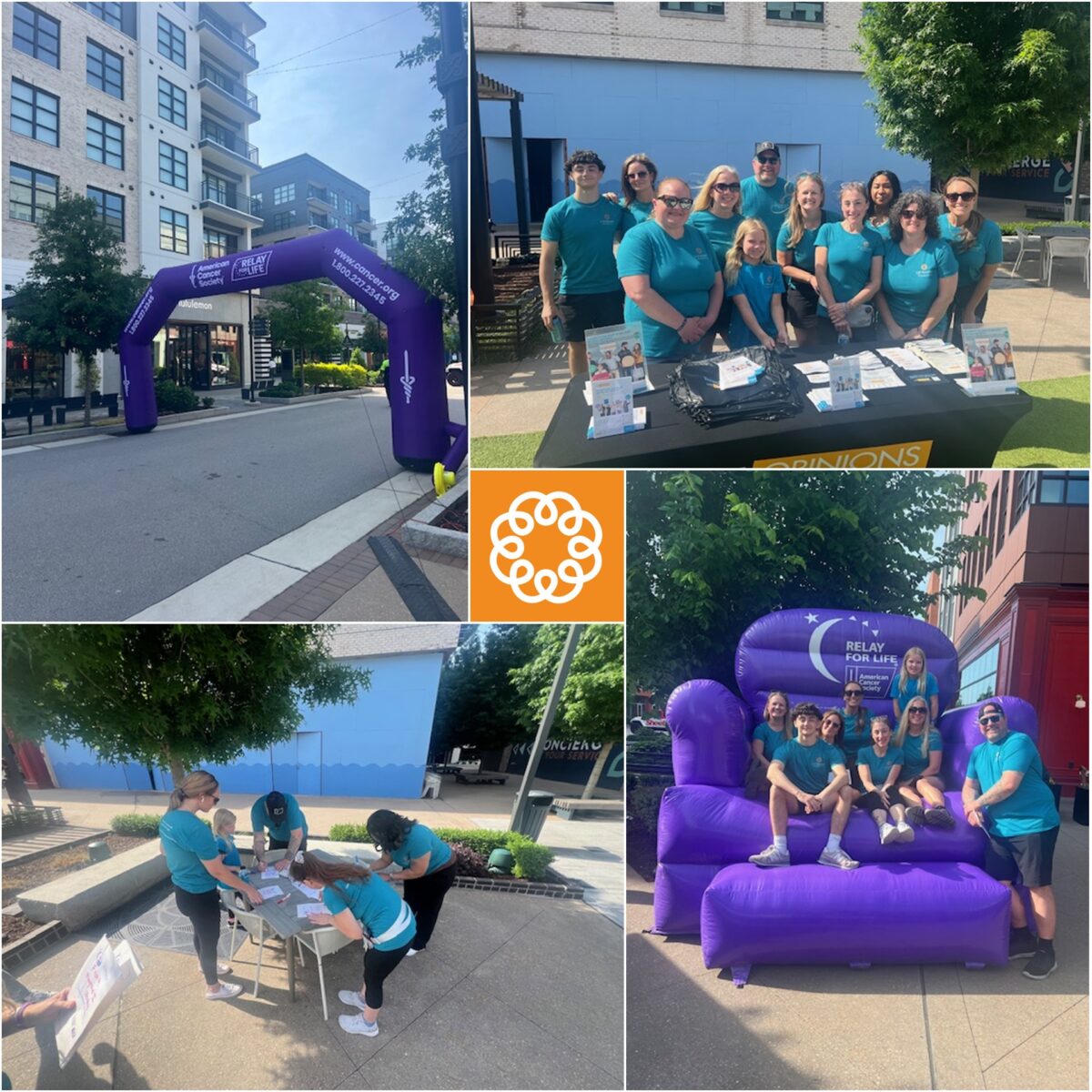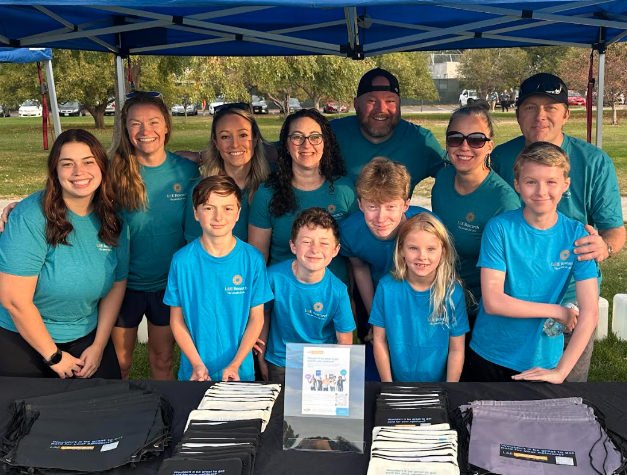Welcome back to our Challenging the Status Qual series! In the previous blog of this series we looked at the real motivators for participants, now let’s focus on the delicate step of the screening process.
No one disputes its importance; however, it must be acknowledged that this process can often be a frustrating aspect of qualifying participants for studies.
While essential for ensuring that all the right demographic boxes are ticked and all relevant perspectives are represented, the often-arduous process can leave participants feeling like they got the short end of the stick. We’ve been exploring how we can improve the screening process to better suit them, aiming to increase participation, enhance satisfaction, and ultimately deliver higher-quality data for your research.
The Upside: What Participants Value
Screening has its ups and downs, so we checked in with our participants to understand what keeps them motivated to take part. One of the most appreciated aspects we found is early disqualification in screeners. Participants value their time; they prefer to know as soon as possible if they do not qualify for a study. This helps them avoid wasting energy on unnecessary questions that won’t be used.
Transparency in the initial description of a study is another key factor. When participants are clearly informed about the qualifying criteria—such as needing to be a cat owner or play multiple wind instruments—they can quickly determine whether these apply to them. This simple step prevents the frustration of going through lengthy screeners only to be disqualified for a reason that could have been clear from the start.
The integration of member portals, where participants can easily track their screener status, check relevant appointment dates, and manage tasks or documents, is another positive development. These portals not only lend the research an official air but also provide a central, secure location for participants to manage their involvement.
Clear communication throughout the screening process is crucial. Participants value direct and consistent updates via email, text, or phone, ensuring they are never left in the dark about where they stand in the qualification process.
One participant said: “You don’t know where you stand in their process of qualification. So, L&E makes it very user-friendly to go from the email process to getting booked.”
The Downside: Lack of Clarity
Despite the positives, participants frequently report significant pain points when trying to qualify. Low success rates and repeated rejections are major turn-offs. Many participants express frustration with lengthy, multi-page screeners that give them the impression they are on the right track, only to be disqualified at the very end. This experience can feel like a waste of time and effort. The repetitive nature of these lengthy screeners doesn’t help; participants often feel as though they are being asked the same question in slightly different ways, over and over again. This tediousness can make them feel like their responses aren’t being appreciated or considered, further diminishing their engagement and satisfaction.
Unexpected requirements within screeners, such as needing to upload a photo or record a video, can also catch participants off guard. If they are not able to fulfill these requests immediately, it can disrupt the process, forcing them to pause and return later, which adds to their frustration. Participants suggest that being informed of these requirements upfront would help them prepare accordingly and avoid unnecessary interruptions.
“I’m just not prepared to be on camera, and I didn’t know that was happening. So that can be frustrating because I feel like I have to stop and kind of beautify myself”, said another participant.
Finally, the practice of disqualifying participants based on recent participation in other studies is a sore point for many. Participants often do not understand why past participation should affect their eligibility, especially if the studies are unrelated. This lack of clarity can lead to confusion and a sense of unfair exclusion.
The Fix: Transparency and Better Communication
So, what can we do to improve this? There are several key steps we can take. First, we can increase questionnaire transparency at every stage—from study invitations to overall screener design—to set clear expectations and avoid unnecessary disqualifications. Prioritizing early disqualification and keeping screener questions relevant and concise will also respect participants’ time.
Additionally, better communication about time commitments and any special requirements before participants even begin can help them decide whether to proceed, preventing them from feeling overwhelmed. Reevaluating the criteria for disqualification, particularly regarding past participation, can help retain engaged participants who might otherwise feel unjustly excluded.
Minimizing participant frustrations with satisfaction is essential for optimizing the research screening process. By increasing transparency, improving communication, and refining the criteria for disqualification, we can create a more participant-friendly experience. These improvements not only respect participants’ time and effort but also enhance the quality of the data collected, ultimately leading to more successful research outcomes.
















